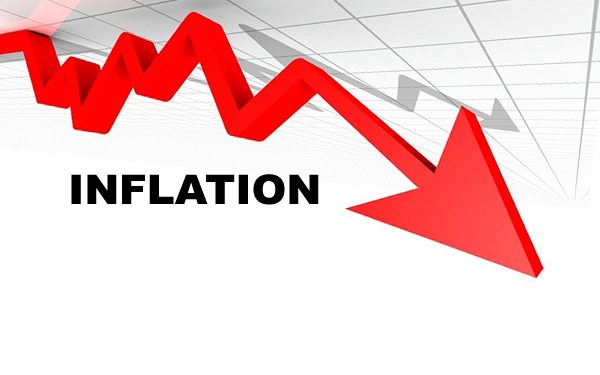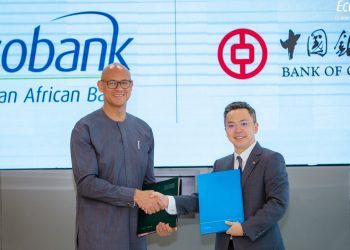Ghana’s year-on-year inflation rate fell to 12.1% in July 2025, down from 13.7% in June, marking the seventh consecutive monthly decline and the lowest inflation figure since October 2021.
According to data released by the Ghana Statistical Service (GSS) on August 4, 2025, the continued drop in inflation is largely attributed to a significant slowdown in the price increases of food and other essential goods.
Government Statistician, Dr. Alhassan Iddrisu, remarked that the consistent decline indicates a gradual easing of inflationary pressures that have gripped the economy in recent months.
Breakdown of July 2025 inflation figures
Month-on-month inflation: Overall prices rose by 0.7% between June and July 2025.
Food inflation: Dropped by 1.2 percentage points to 15.1% year-on-year. On a monthly basis, food prices rose 0.6%.
Non-food inflation: Fell by 1.9 percentage points to 9.5%, with a 0.7% increase in monthly price levels.
Goods inflation: Declined by 1.0 percentage point to 14.2%, even though prices went up by 0.5% month-on-month.
Services inflation: Dropped significantly by 3.1 percentage points to 6.2% year-on-year. However, service prices increased by 1.3% between June and July.
Local vs imported inflation
Inflation for locally produced goods and services stood at 12.9%, higher than that of imported goods, which recorded 10.0%.
Local inflation declined by 1.1 percentage points, with a 0.9% month-on-month increase.
Imported inflation dropped by a sharper 2.5 percentage points, with prices increasing just 0.1% in the month.
Regional inflation snapshot
The Upper West Region continued to record the highest regional inflation at 24.8%, although this marks a drop from 32.3% in June. This figure is more than double the national average.
Conversely, the Central Region registered the lowest inflation at 7.7%.













